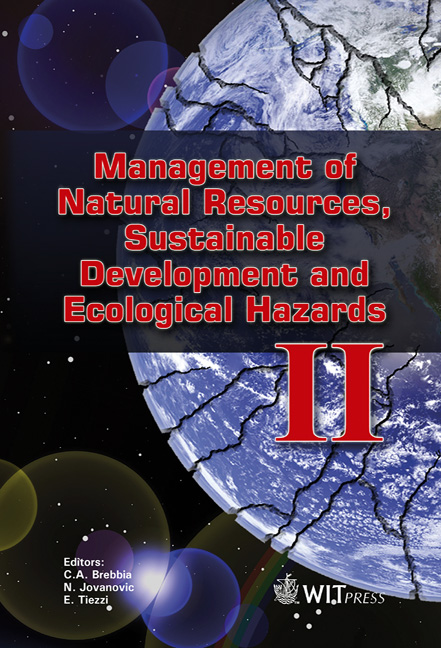Qualification Of Offshore Facilities Prior To Application In A New Field
Price
Free (open access)
Transaction
Volume
127
Pages
11
Page Range
85 - 95
Published
2009
Size
501 kb
Paper DOI
10.2495/RAV090081
Copyright
WIT Press
Author(s)
S. M. S. M. K. Samarakoon , O. T. Gudmestad & M. S. L. Melhus
Abstract
A strict emission regime for marine operations in Norwegian Continental Shelf (NCS), increasing fuel prices and tax on environmental emissions, have led to a need to consider alternative solutions for supplying power for offshore oil and gas installations. Conventionally, natural gas and diesel are used for the production of electricity on offshore installations. However, this conventional approach has developed into a real burden, as it conflicts with the aim of achieving least emission to the environment. Electrification has been considered as one of the alternatives to cut down the emission level to a reasonable extent as well as to increase the power supply efficiency. This analysis deals with electrification of new facilities, while the cost of electrification of existing facilities has not been estimated yet. Although electrification might be selected as the best available technique for a given field, it is necessary to assure that the electrification technique will be fit for the purpose if it is going to be implemented in an unknown environment. This paper will address a method to qualify the electrification technique for a new oil field development on the NCS. Further, this study will help to confirm that the Best Available Technique (BAT) should be qualified prior to the implementation to avoid consequence of harm to the environment, society, health and finances. Keywords: BAT, qualification of technique, emission, electrification.
Keywords
BAT, qualification of technique, emission, electrification





